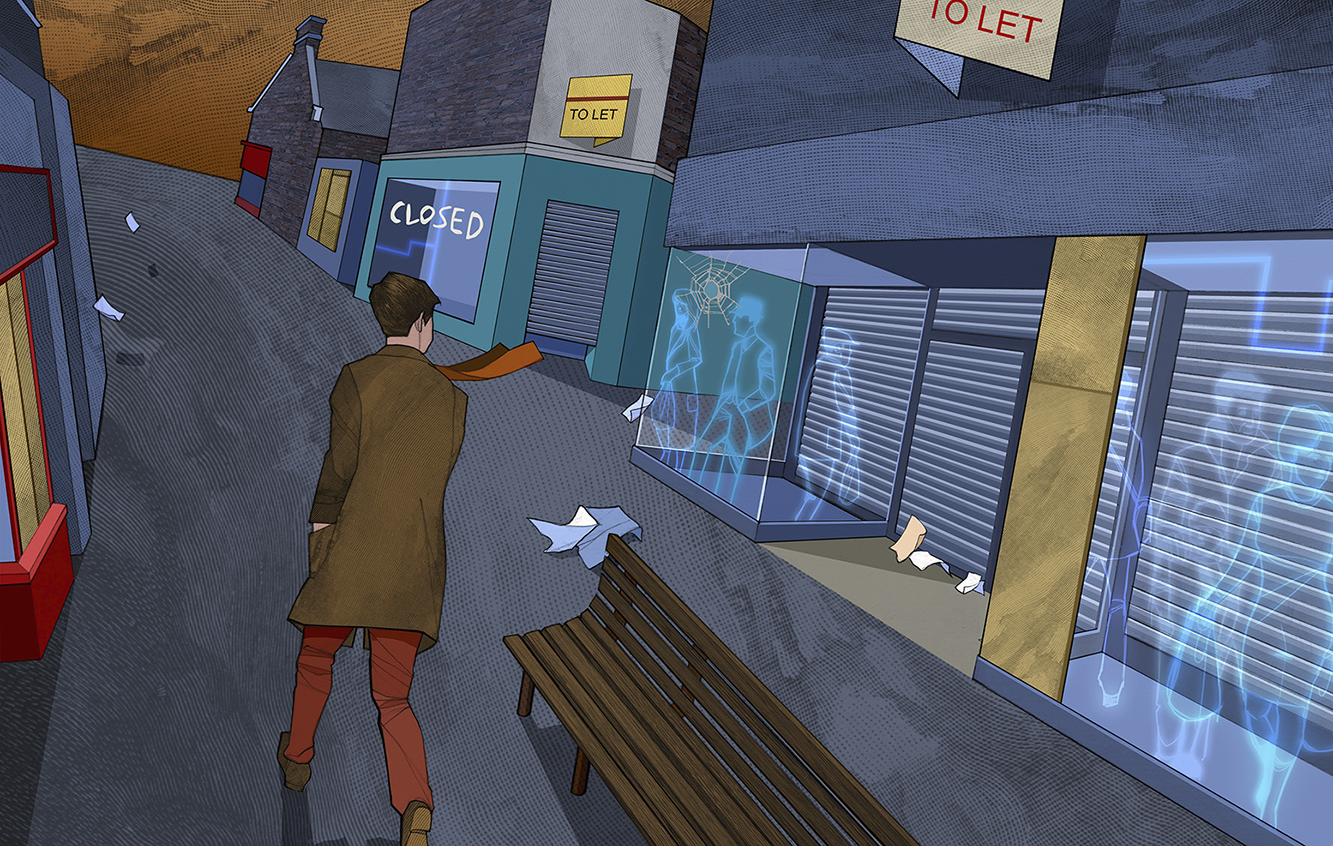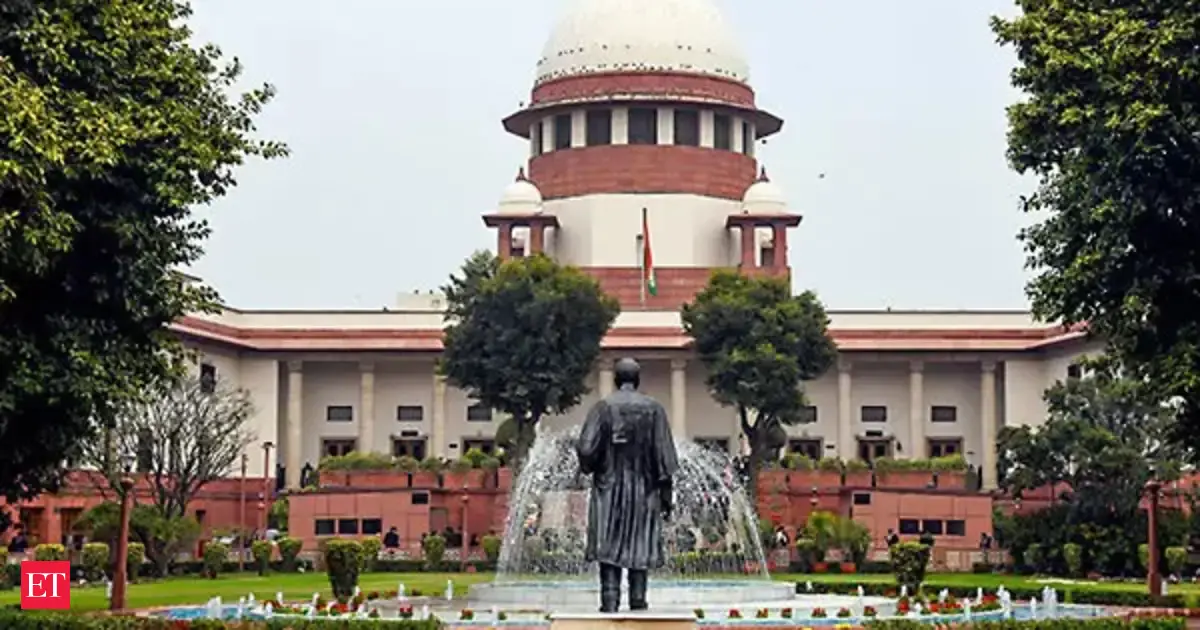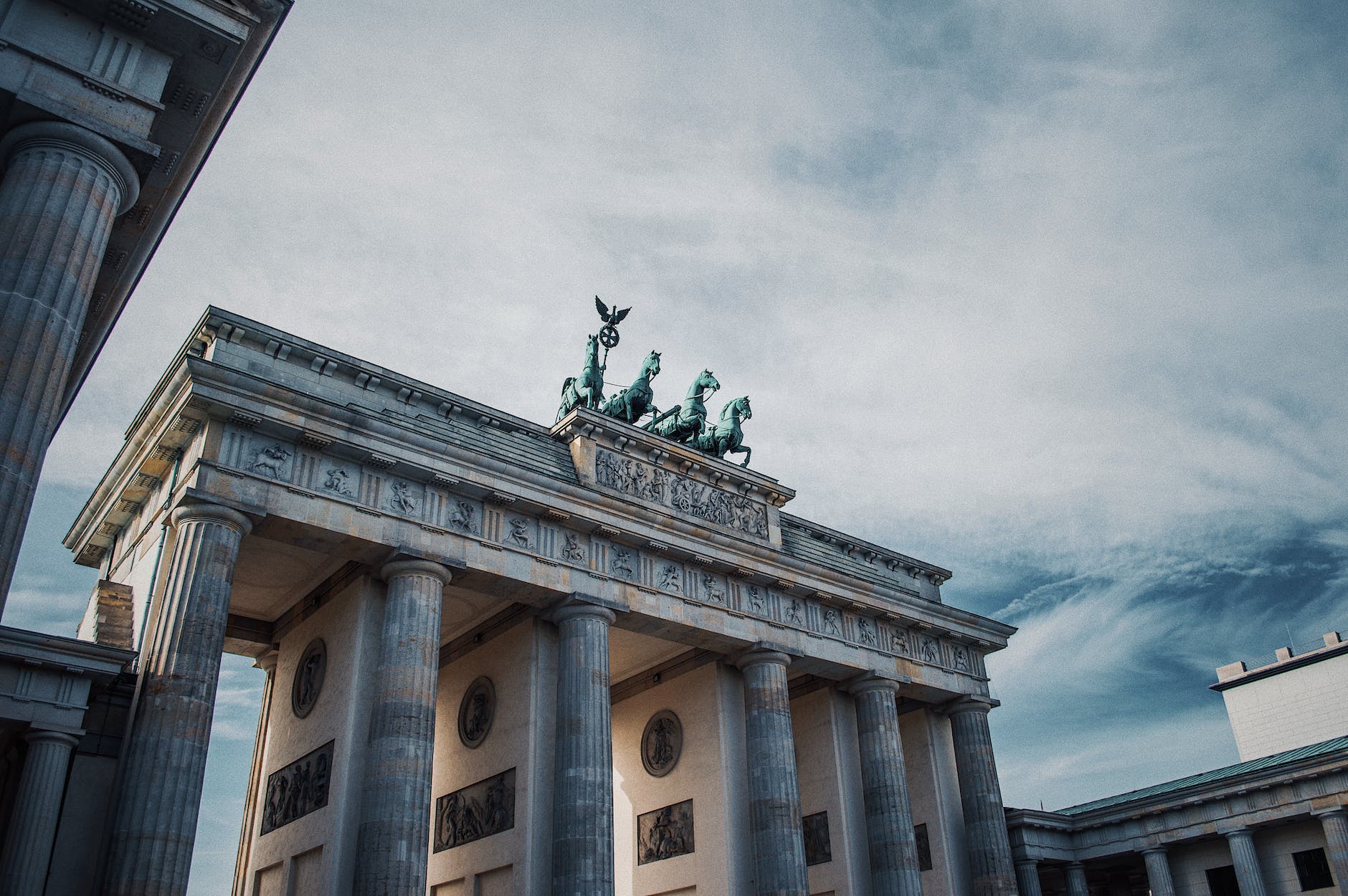By Anoosh Chakelian
Copyright newstatesman

My introduction to the Mayor of London’s Oxford Street pedestrianisation party was an ill-fated one. “We descend into chaos! We descend into the moral rot!” roared a preacher, who had set up his own guerrilla stall of Bibles outside Oxford Circus Tube Station. Delivered beside a queue for the giant Ikea, this was quite the prophecy: hell is other people’s Billy bookcase configurations, after all.
Things didn’t look up as I ventured west towards Marble Arch, further into the festival, which had been thrown to showcase what a traffic-free Oxford Street could be like if Sadiq Khan had his way. A “wishing tree” festooned with ribbons and tags asked visitors: “What do you wish for the future of Oxford Street?” amid maps outlining the no-car zone. A bright-orange tag directly in my eyeline read – innocently, I’m sure – “I wish to learn to drive.”
Next along the road, closed off to vehicles for one day only, was a DJ jangling out Cornershop’s “Brimful of Asha” at H&M’s autumn-winter collection promotional stand. The centrepiece? A vintage red Mercedes with a mirror angled in its boot for prime selfie ops. Further up the street was yet another motor: a white-sprayed original Routemaster bus with (perhaps equally retro) Topshop livery. Curious choices for pedestrianisation propaganda, but the crowds didn’t seem to mind. I asked a man queuing outside the Topshop Routemaster what he was waiting for. “I’m not sure,” he said, cheerily. “Multiple things, I think.” Following the near-circular line around, all I found were tinned matcha lattes in a barrel. I hoped for his sake it was worth the wait.
“How do I get out of this?” asked a genuinely frightened-looking cyclist trying to wheel his bike through the throng – a tougher route than if there had actually been traffic present. He was stuck by a tent called the Poetry Takeaway, which served bespoke poems, while the actual takeaways were flogging £8 portions of churros and three oysters for £14. Stressed parents with kids glistening in butterfly and Spider-Man face-paint ate their savings at the “chill-out zone”: a gutter lined with beanbags. An American tourist pointed at Selfridge’s, which loomed stoically over proceedings, and asked: “What’s in there, guys?”
On the main stage, sandwiched between John Lewis and what was once House of Fraser, a live band reached the chorus of Baby Huey’s “Hard Times”: “Havin’ hard times in this crazy town/Havin’ hard times, there’s no love to be found” – lyrics fitting for anyone who has spent a weekend afternoon on Oxford Street, one of the busiest shopping districts in the world, choked with an average of half a million visitors each day. But it could also have been the lament of the surrounding department stores.
Even Oxford Street, with its central location, Underground stops and superior neighbouring bits of London – Soho, Marylebone, Fitzrovia – is a chapter in the sad story of the British high street. Its Debenhams and House of Fraser are permanently closed, mirroring almost every city and town across Britain with their defunct department stores like ships wrecked on street corners.
Mirroring most provincial high streets, anonymous junk has oozed into the void left by receding beloved brands on Oxford Street: vape vendors, tourist tat and, notoriously, a sucropoly of 20 or so garish American sweet shops (some have been busted in recent years for unpaid business rates, money laundering and counterfeit goods). The presence of such businesses on British high streets is now a common complaint in the “Broken Britain” narrative. Most people feel there are too many vape shops (61 per cent) and barbershops/hairdressers (52 per cent) on their local high streets, according to a recent Ipsos poll. It is not only vacant premises and identikit chains that wreck a high street – dodgy-looking units are also turning people off.
Long-thwarted plans to pedestrianise Oxford Street have been mooted in some form or another for over two decades. Now in what is probably his final term as mayor, Khan is finally getting somewhere. After a positive consultation, and with a friendlier Westminster Council now run by Labour, he is waiting for the government to grant him new planning powers to make it happen. “Oxford Street has suffered over many years,” he has said. “So urgent action is needed to give our nation’s high street a new lease of life.”
When most people’s centre of commerce is their smartphone, high streets will never thrive on shopping alone. Countless reports on how to save them conclude that they need a mixed use: restore the libraries and children’s centres; rescue pubs and indie bookshops; grow pocket parks and schedule public events; make them places where people come to exercise, work and live.
The design for Oxford Street is a linear urban garden with space for al fresco dining, outdoor events and seating. This is why its pedestrianisation makes sense – not just as a strategy to help retailers out with footfall. Planners across the country need the resources to apply this philosophy to their high streets, rather than plastering over their problems with another Primark.
As I approached Bond Street, I passed a children’s craft tent bearing instructions to “draw what you want to see on Oxford Street”. One pointillist masterpiece, of two lollipops smiling amid Crayola blobs, stood out. It was entitled “American Candy Store”.



